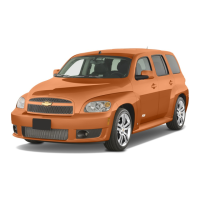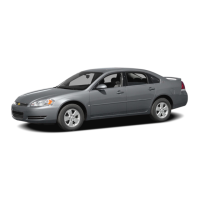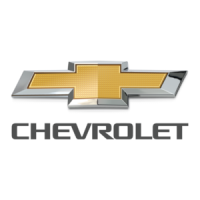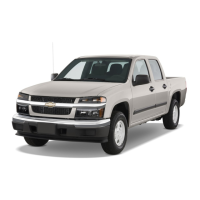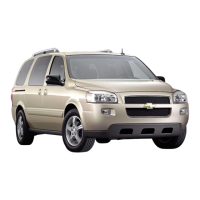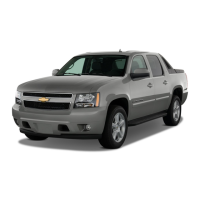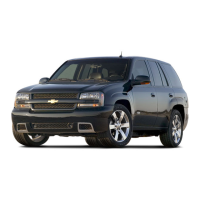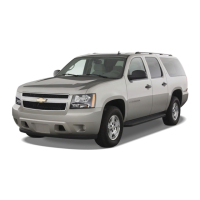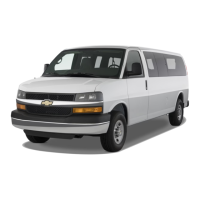
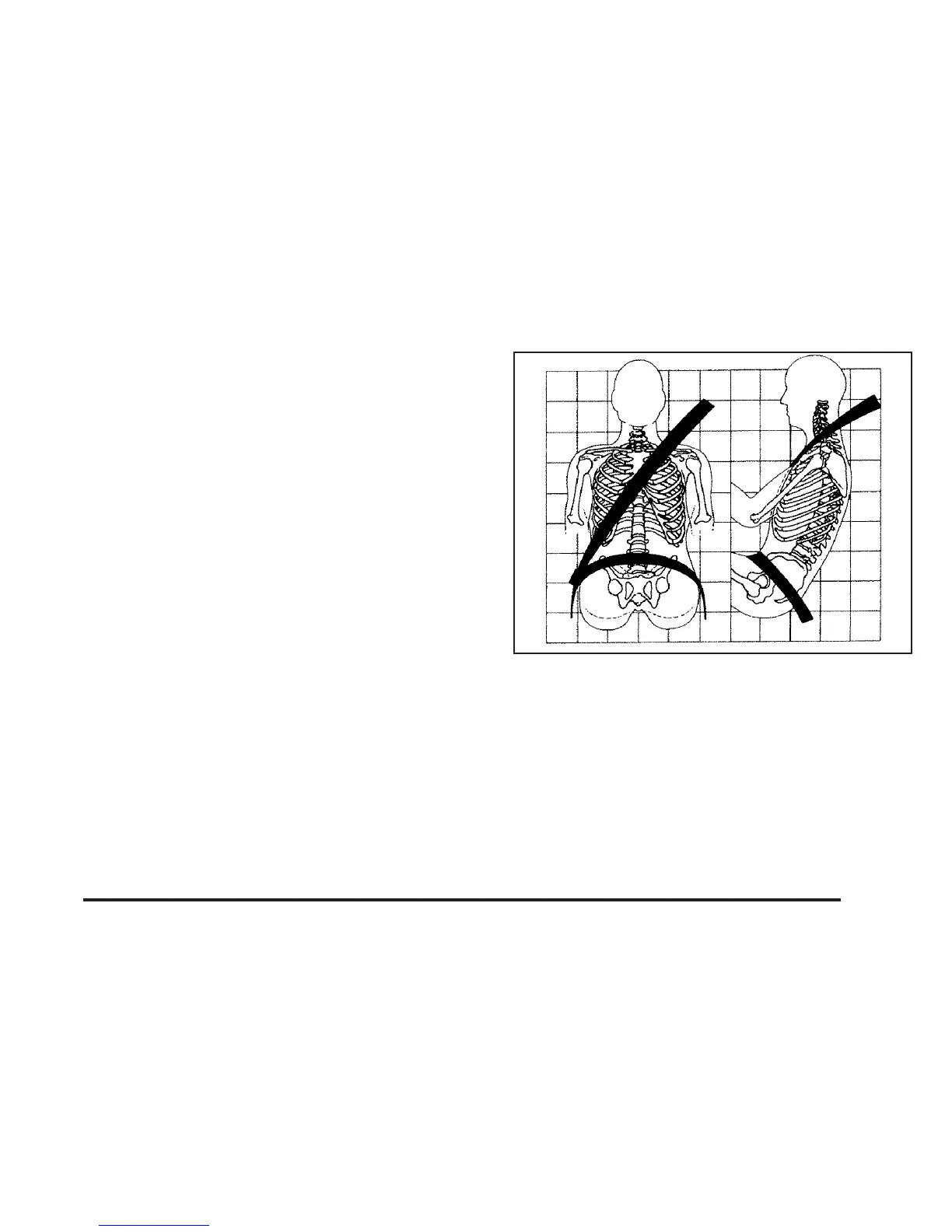 Loading...
Loading...
Do you have a question about the Chevrolet 2008 Express and is the answer not in the manual?
| Brand | Chevrolet |
|---|---|
| Model | 2008 Express |
| Category | Automobile |
| Language | English |
Instructions for adjusting front seats, including manual and power adjustments.
Detailed guide on proper use, benefits, and safety precautions for all occupants.
Guidance on selecting, installing, and using child restraint systems for various age groups.
Explanation of airbag types, deployment conditions, and safety warnings associated with airbags.
Information on vehicle keys, remote entry systems, and keyless entry operation.
Details on locking/unlocking mechanisms, power locks, and security features.
Operation of manual and power windows, including express-down feature.
Guidelines for new vehicle break-in, ignition positions, and starting the engine.
Identification of main components and controls on the instrument panel.
Operation of heating, cooling, ventilation, defogging, and defrosting systems.
Explanation of all dashboard warning lights, gauges, and indicators.
Essential driving techniques including defensive driving and avoiding drunk driving.
Understanding and preventing skidding and other loss of control situations.
Tips for safe driving in snow, ice, and blizzard conditions.
Guidelines for towing vehicles, trailers, and managing load capacity.
Information on obtaining genuine GM parts, accessories, and recommended service.
Details on gasoline types, octane ratings, additives, and refueling procedures.
Comprehensive guide on tire maintenance, inspection, rotation, and replacement.
Step-by-step instructions for replacing various exterior and interior bulbs.
Overview of recommended maintenance intervals, services, and owner checks.
Specific services required at various mileage intervals for gasoline engines.
Procedures for resolving concerns, contacting customer assistance, and owner resources.
Details on services provided, coverage, and how to call for roadside assistance.
Procedures for reporting vehicle safety defects to government agencies and GM.
How to order service manuals and bulletins for vehicle repair.
